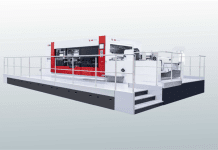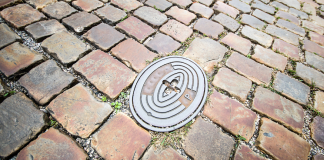For law enforcement agencies, implementing and sustaining body-worn camera (BWC) programs entails a wide range of expenses. The initial costs include the cost of the BWC hardware and any related accessories, like mounts and docking stations.
The expenses associated with data storage and software are substantial, encompassing the setup required to handle video data as well as the licensing of software platforms for classification and evaluation. Please click here to see our product information page for more details on our cutting-edge body-worn cameras.
Legal and policy-related costs take care of evidence management and privacy issues, while training and implementation costs guarantee that officers are skilled in using BWC. Maintenance, repairs, compliance, and the processing of requests for public documents are examples of ongoing costs.
To support these vital transparency and accountability activities, law enforcement organizations must carefully assess their budget, taking into consideration both short- and long-term costs, and look into possible financing sources.
What Are The Key Benefits Of Body-Worn Cameras?
The main advantages of body-worn cameras center on improving police enforcement’s accountability, transparency, and professionalism while also offering useful evidence for a variety of uses.
Capturing every detail:
These gadgets painstakingly capture sound and visuals, offering a neutral and thorough record of conversations and occurrences. This degree of specificity improves the quality of incident documentation, reinforces accountability, and guarantees objective records for transparency. It also promotes professional behavior, helps safeguard the public and law enforcement personnel, and is a useful tool in investigations and court cases.
Real-time, remote command and dispatch:
With the 4G network, the command post receives video recordings of the law agency incident and uses the data to determine the next course of action. Along with organizing troops and resources to guarantee each city’s security and stability, the command station may also keep an eye on the current conditions across numerous cities.
Rapid deployment, efficiency increase:
Because the body camera has a GPS tracking feature, the command center can immediately coordinate personnel and resources to effectively increase law enforcement efficiency while monitoring public security situations in various locations in real-time, including crises.
Micro Gimbal Stabilization:
Micro gimbal stabilization is the process of stabilizing cameras, sensors, or other devices using tiny gimbal systems in a variety of applications, including drones, photography, videography, and even consumer electronics like smartphones. An object can be rotated around a single axis with the help of a gimbal, which is a pivoting support that ensures stability and keeps the gadget level and steady even when the operator’s hand or the platform it is installed on moves.
Starlight Night Vision:
The term “starlight night vision technology” describes sophisticated low-light imaging technologies that provide better visibility in dim or dark environments. Star’s night vision functions by enhancing ambient light that is already present, such as moonlight or stars, to create visible images, in contrast to conventional night vision systems that rely on infrared or thermal imaging.
Data Security:
Law enforcement personnel can save and transfer evidence, including audio, video, and images, with confidence thanks to the body camera’s dependable encryption technology, which also successfully protects information security.
Professional Conduct:
Officers are less likely to engage in wrongdoing because they are more likely to adhere to established protocols and uphold a high standard of professionalism when they are aware that they are being videotaped.
Final Words
BWCs are useful for gathering evidence and documenting incidents since they record in-depth audio and video details. They can lessen instances of the use of force, promptly handle complaints, and support evaluation and training. These tools aid in-person protection during emergencies and provide officers with a legal defense.








